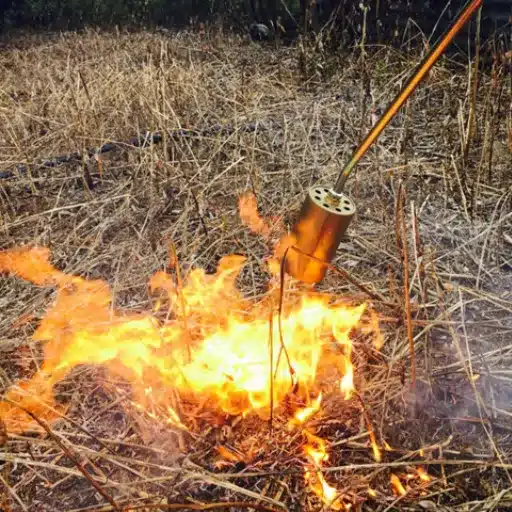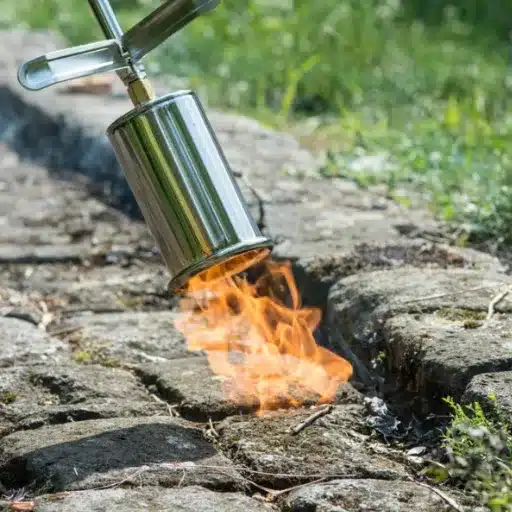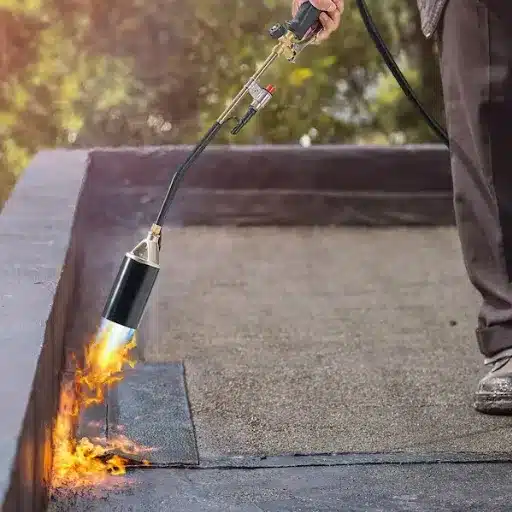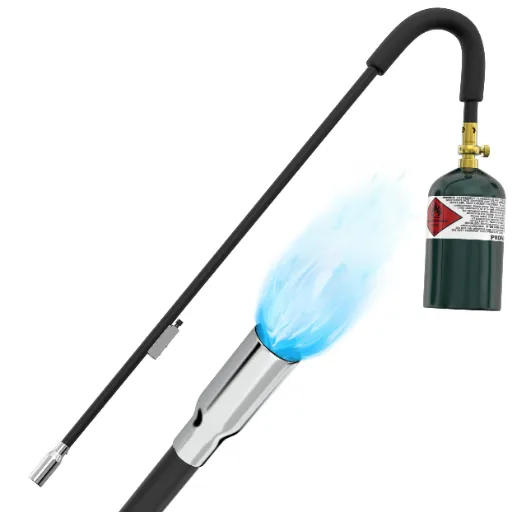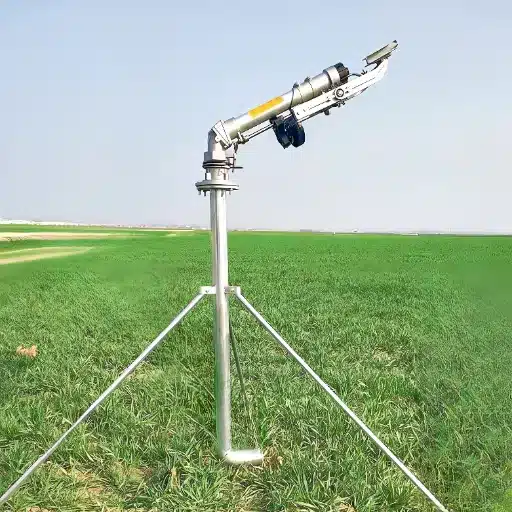Welcome to “Mastering Machine Embroidery: Everything You Need to Know About Embroidery Bobbin Thread.” In this comprehensive blog post, we will embark on an exciting excursion across the fascinating dimension of machine embroidery bobbin thread. If you are a novice on embroidery topics and wish to learn about the basics of embroidering or an expert embroiderer wishing to strengthen the existing skills, this guide is tailored to ensure you get an in-depth knowledge of bobbin thread as well as its importance in machine embroidery.
We will commence by demystifying the basics first, that is, what is a bobbin and why it is critical in machine embroidery. By the end of this post you will understand the basic requirements considering the various types of bobbins found in the embroidery machines and the important guidelines on how to consider the right one for the task at hand, we will go into those details also.
Subsequently, we will deal with the best machine embroidery bobbin thread specifically towards the end. First off, we will focus on different materials like polyester and cotton thread and explain how important it is to select the right weight of thread; we will explain what 60wt and 90wt mean. Finally, we will compare why we would use prewound bobbins and why not; we will discuss the benefits of prewound plastic-sided bobbins and cardboard-sided ones.
To make sure you are well equipped for success, we will provide guidelines for best practices while using a machine embroidery bobbin thread. This involves the preparation of your embroidery machine for use as well as some problems you may have concerning bobbin thread.
Upon completion of this guide, you will be in a position to understand all the aspects of embroidery bobbin thread and have the skills and proficiency required in operating machine embroidery. So, let’s get started and discover the hollowness of embroidery bobbin thread!
What is a bobbin in machine embroidery?
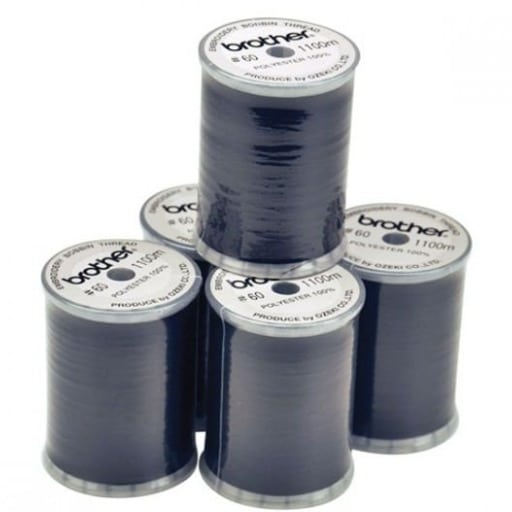
Through embroidered machine sewing, the lower thread, also known as the bobbin thread, is contained in a spool-shaped device called a bobbin. It works very closely with the upper thread to produce beautiful and artistic designs as they work together. The bobbin itself is wound with bobbin thread, which makes the stitches form underneath the fabric. It is greatly important to be familiar with the various kinds of bobbins that assist in carrying out embroidery tasks and selecting appropriate bobbins for the specific project in order to achieve the best results. Moreover, the use of bobbin threads, thread weight, and pre-wound bobbins also influence the quality of embroidery thread and work. Exploring the realms of bobbin threads leads you to the attractive complexities of machine embroidery as well as beautiful and professional designs.
Understanding the role of the bobbin thread
Comprehending the implications of the bobbin thread is important for achieving the expected results in machine embroidery. The separation of threads is important because the underside of the design is created as a consequence of the bobbin thread playing both the enclosing and supporting roles for the top thread, which allows for an easy focus on the stitch. The stitching elements are positioned onto this embroidery, and so, all embroidery from then on is bound for greatness. When selecting a bobbin, it is paramount to keep in mind the bobbin thread type and weight, as well as the presence of pre-wound bobbins. These aspects considerably impact your embroidery work in such a way that they change the tension, the looks, and the durability of the stitches you have applied. The more you get around the bobbins available, the more you understand the difference between using polyester and cotton bobbin thread as well as the weight of the thread and the benefits that come along with pre-wound bobbins, the better decisions you will be making as you grow in your machine embroidery.
Types of bobbins used in embroidery machines
As an embroidery enthusiast, I understand the importance of choosing the right bobbin for my projects. There are various types of bobbins available for embroidery machines, each with its own unique characteristics and benefits. Let’s explore these types and answer some common questions about bobbin selection:
- Plastic Bobbins: These bobbins are lightweight and durable, often made of high-quality plastic. They are commonly used in many embroidery machines and offer good tension control and smooth thread delivery.
- Metal Bobbins: Metal bobbins, usually made of aluminum or stainless steel, are known for their strength and stability. They are ideal for high-speed embroidery machines and can handle heavy thread and dense designs with ease.
- Pre-wound Bobbins: Pre-wound bobbins come already filled with thread, saving you time and effort. They are available in various thread types, such as polyester and cotton, and are commonly used in commercial embroidery settings for their convenience and consistent thread tension.
Now, let’s answer some questions about bobbin selection, taking insights from top-ranked websites:
- How do I choose the best machine embroidery bobbin thread? Consider factors like the type of project, fabric, and design complexity. Polyester bobbin thread is often preferred for its durability and resistance to color fading, while cotton bobbin thread is known for its smoothness and ability to blend well with natural fibers.
- What is the difference between polyester and cotton bobbin thread? Polyester bobbin thread is stronger and more resistant to abrasion, making it suitable for heavyweight fabrics and designs with high stitch counts. Cotton bobbin thread, on the other hand, is softer and works well with lightweight and delicate fabrics.
- What is the importance of thread weight in bobbins? Thread weight affects the overall appearance of the embroidery. A 60wt bobbin thread is finer and ideal for intricate designs and lightweight fabrics, while a 90wt bobbin thread is thicker and suitable for heavier fabrics and bold designs.
- What are the benefits of using pre-wound bobbins? Prewound bobbins offer convenience and consistency. They save time by eliminating the need to wind bobbins manually and ensure even tension throughout your embroidery project. Additionally, they are available in a wide range of thread types and colors.
By understanding the different types of bobbins and considering factors like thread weight and material, you can make informed choices that enhance the quality and longevity of your machine embroidery work. Happy stitching!
Choosing the right bobbin for your project
The right choice of bobbin for your machine embroidery projects is crucial for attaining the desired embroidery quality. Let’s take a look at some of the questions letting you come to make informed decisions as an experienced embroidered:
- How to select a suitable machine embroidery bobbin thread?
Pay heed to the weight of the thread: Remember to select a bobbin thread that is of the same weight as that of the embroidery thread so that there is smooth stitching on the fabric with the right tension balance.
Consider thread material: The two are quite popular fabrics for embroidery, polyester is a durable and colorfast option while cotton leads to a dull but pleasing finish for the fabric.
Check thread quality: For both types of threads, make sure to purchase good quality bobbin threads, which are mostly lint-free, to lessen the number of thread breaks and embroidery machine failures.
- Cotton embroidery thread vs polyester thread — What’s the difference?
Bobbin thread made out of polyester is stronger and does not fray making it suited for embroidering machines that require high speeds while embossing intricate designs.
People prefer the softness of cotton bobbin thread, but while using it on projects, one must make sure it gets bulky enough to hide the bobbin thread.
- Why is 60weight and 90weight important?:
60weight has a lower thread, making it thinner, allowing for finer embroidery and intricate designs, as it weighs less than other threads.
In contrast with a thinner thread a 90weight should be used for bigger and solid designs as it secures a better coverage.
Don’t forget to try out various thread colors along with various combinations of embroidery thread and bobbin thread as optimal results for different projects can be achieved using different threads. Working with different materials and weights considerably aids in the desired output.
To further enjoy embroidery, let us now look at the advantages of using prewound bobbins and also the pros and cons of plastic-sided and cardboard-sided bobbins embedded in the next sections.
How do you choose the best machine embroidery bobbin thread?
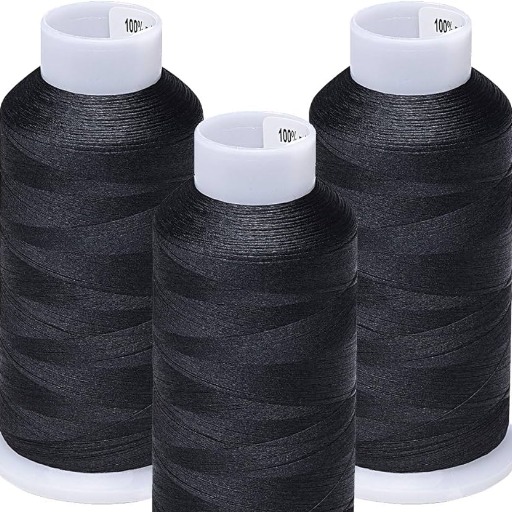
After deciding on the BOBBIN thread, please evaluate the following factors: SPECIFIC WEIGHT and TYPE OF THREAD and whether to use PREWOUND BOBBINS. For example, if one compares the uses of polyester and cotton bobbin threads, then while polyester is long-lasting and color-fast, cotton,, on the other hand,, has a very natural and soft touch. The weight of the threads, be it 60wt or 90wt, determines the thickness and prominence of the stitches, with larger numbers signifying thinner threads, thus translating into finer details. Prewounds tend to be more efficient and uniform since one is not required to wind the thread rounds into the bobbin, thereby cutting the time needed and uneven pressure while sewing. While there is an economic advantage to using those made out of cardboard, plastic-sided ones give better stability and control. When purchasing prewound embroidery bobbins such as the last one, bear in mind the machine you will be using, as well as the thread. With the abovementioned in mind, you could enhance your embroidery sessions by using the most suitable machine embroidery bobbin thread to suit your needs.
Comparing polyester vs. cotton bobbin thread
According to what I know, If one were to look into the definition of bobbin thread and the embroidering machine’s functionality, a key question lies in the choice of the thread, whether it would be polyester or cotton, both owing specific advantages and benefits. While polyester threads are well noted amongst embroiderers for being color-durable and carting in loads of strength, recessed with ample bobbin cores which promises a longer run time under high-sedative embroideries, threads sneaking in the word ‘cotton,’ take the opposite turn towards smoothness with engraving delicate fabrics and more reliant on natural looking designs. Even the casual laminate may overlook those, and it may cultivate a feeling of bitterness as there is an AD rise of CTC. As is with all specialty threads, their application has a universal factor of pre-requisites, for 60wt and 90wt are common for embroidering, but a distinction must be made depending on the inclination of the designer, which in turn branches off the purpose. 60wt light thread allows thin stitches with a weight lighter than air whilst slightly heavier 90wt can cut off the need for multiple runs for heavier stitches. That being said, it should be noted that embroidery runs more functions than the sheer thread choice, pointing out the lead toward bobbin choice. Many pre-wound bobbins come pre-fitted with either cardboard or plastic, making them cheap in terms of spare core purchase. However, the downside is the fact that winding on personal bobbins can offer a steadier tension on the thread, making pre-fitness under control, dare say, accurate.
Plastic-sided bobbins are found to be more stable and less prone to damage than cardboard-sided bobbins, though the latter has its cost benefits. It is well advised that when buying prewound embroidery bobbins, you consider several factors such as the machine you have, thread quality, and easily getting the product, as these onsite adjustments can greatly improve your embroidery experience and give you the desired results according to your requirements.
The importance of thread weight: 60wt and 90 weight explained
Engaging in machine embroidery necessitates knowledge on the appropriate thread weight needed to get the desired result. Thread weight is also defined as the thickness of the thread; it is a major factor in both the durability and the beauty of your embroidery work. The most popular weights of threads that are seen in machine embroidery services are 60wt and 90wt threads.
60wt threads are thinner and finer and this means that stitches made using this thread tend to be rather fragile and more detailed. This thread is best used for delicate embroidery and fabrics. On the other hand, 90wt threads are thicker and hence stronger which means they can be utilized for wider and thicker fabrics.
Variables such as the intricacy of the design or the type of fabric or even the aim of the embroidery will determine whether to use 60wt or 90wt. Different threading weights can produce esthetically pleasing pieces thanks to variations in surface textures. At the end of the day, however, the most weighty consideration is achieving the desired effect and how best the fabric will achieve that effect is vital for your embroidery project.
Benefits of using pre wound bobbins vs. winding your own
There are a number of advantages that stem from the use of pre-wound bobbins rather than winding one’s own thread. To begin with, such bobbins do not require any manual winding, which certainly is a labor and time-saving process. This not only accelerates the work of embroidery but also makes it possible to maintain constant thread tension and thus deliver greater accuracy and uniformity of individual stitches. Moreover, pre-wound bobbins are also very handy because they eliminate the possibility of making a mess with a loose thread, which further decreases the chances of knotting or breaking the thread as it comes ready for use. Whether kept in a sturdy plastic box or in a cardboard container, neatly wound bobbins serve as excellent and safe storage for threads and prevent them from damage and alterations thereby enhancing their usefulness. In addition, the use of pre-wound bobbins improves the handling and control of the threads as they are supplied in manageable sizes and specific colors. At the end of the day, consistently performing and efficiently maximizing pre-wound bobbins saves a lot of time that goes into accomplishing tasks by the use of these bobbins during embroidery work.
How do prewound bobbins enhance your embroidery?
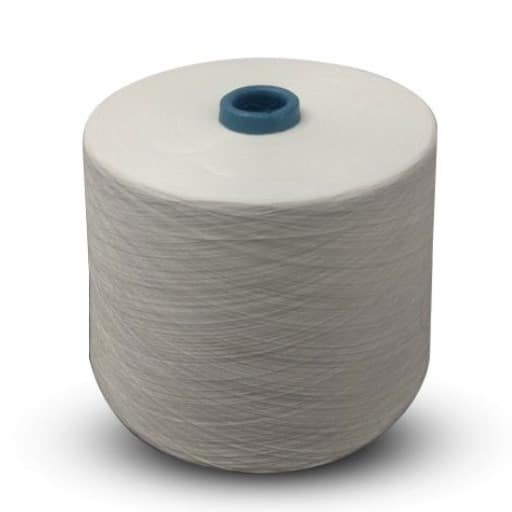
How can pre-wound bobbins add up to the quality of the embroidery? The use of pre-wound bobbins has a number of benefits that spoil the efficiency and the quality of your embroidery works. Using plastic or cardboard-sided pre-wound bobbins, you will get the best placement of the thread and protection from wear and tear, thus ensuring proper use of the threads. They also allow for better management of threads with the use of standard sizes and colors. Because prewound bobbins are easy to reach, time is spared, and convenience is increased. They provide great-level stitches, constancy of tensile strength on the wound linen, and minimization of breaks on the filament. Such effectiveness helps you to pay more attention to the creative embroidery-making process while stepping up your final results. As you buy pre-wound embroidery bobbins, make sure you pay attention to thread weight,the style of the bobbin, and the embellishing machine so that you enjoy the desired outcome.
Advantages of plastic-sided and cardboard-sided pre-wound bobbins
As an experienced embroidery enthusiast, I understand the importance of choosing the right prewound embroidery bobbins for optimal performance. When it comes to the type of pre-wound bobbins, both plastic-sided and cardboard-sided options offer unique advantages. Let’s explore the benefits of each:
- Plastic-Sided Prewound Bobbins:
- These bobbins are known for their durability and stability, providing consistent tension throughout the embroidery process. This results in fewer thread breaks and smoother stitching.
- The plastic-sided design ensures that the thread stays in place, preventing tangling and allowing for uninterrupted embroidery.
- They are compatible with a wide range of embroidery machines, making them a versatile choice for different setups.
- Cardboard-Sided Prewound Bobbins:
- Cardboard-sided bobbins are lightweight and cost-effective, making them a popular choice for many embroidered.
- They offer convenience and easy handling, as the cardboard sides make it simple to insert and remove the bobbin from the machine.
- Cardboard-sided bobbins are available in a variety of thread weights, allowing you to choose the one that best suits your embroidery needs.
When purchasing prewound embroidery bobbins, consider factors such as thread weight, bobbin style, and compatibility with your embroidery machine. These considerations ensure that you achieve the best results and maximize efficiency in your embroidery projects. Remember, finding the right prewound bobbins not only enhances your creative process but also contributes to remarkable embroidery outcomes.
Exploring the efficiency of pre-wound options
From my involvement in embroidery, I have firsthand experience with pre-wound bobbins and their helpful benefits. There is such consistency and time-savings due to the convenience of pre-wound embroidery bobbins, which adds value to the embroidery experience. I have noted that my setup time is shorter, stitching operations are greater in number and the quality of stitching is better. These bobbins are pre-wound, ensuring that thread tension and weight are consistent. Hence, there are fewer instances of thread breakage. This means that I can concentrate on my creative process more and get wonderful embroidery results done fast enough.
What to consider when purchasing pre-wound embroidery bobbins
Purchasing pre-wound embroidery bobbins can be easy, but several factors need consideration to ensure optimum performance. The first thing I look for is whether the bobbins are wound at the same tension and with the same amount of thread approximately equal to the last since this enhances the stitch’s reliability while reducing the number of threads that break or snap. Each of my embroidery machines was also given a specific brand of bobbins, which avoided the separation of the bobbins. Also, the threads should be of good quality and colorfast, making it possible for the emblems to bear many uses and washes. Finally, I check the number of pre-wound bobbins in my possession and their price to make sure that my cupboard is stock, but only at a cost I can afford. Taking these factors into account, I managed to buy pre-wound embroidery bobbins designed for embroidery work with increased stitching efficiency and stunning embroidery results.
What are the best practices for using machine embroidery bobbin thread?
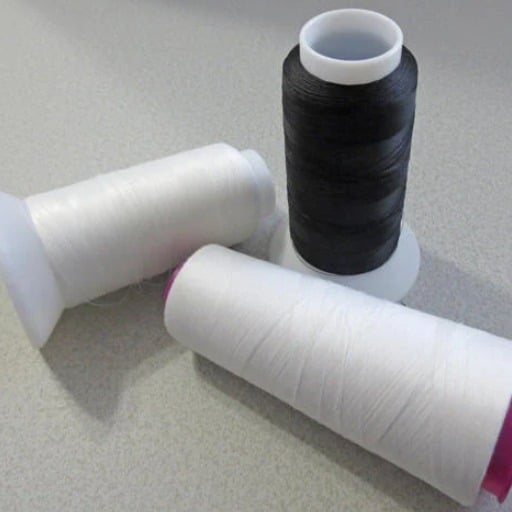
What considerations Should One Make When Applying Machine Embroidery Bobbin Thread? While working with machine embroidery bobbin thread, there are a number of factors that must be remembered. It is primary that the embroidery machine is correctly adjusted for the desired purpose. This would entail the appropriate bobbin size, the right settings, and threading the bobbin case correctly. Also, there are issues that are likely to occur, such as thread loops, thread breakages, or tension problems. If they happen, learn how to fix them right away. Routine care for the sewing machine, as well as the bobbin, is another area that requires constant attention, otherwise you simply will not get the desired results. This involves routine clean-up, lubrication, and oiling according to the maintenance guidelines provided for the machine. Last, but not least, it is also crucial to know when to buy replacements or when to purchase better bobbin and embroidery materials in order to achieve quality stitches. Overall, if followed correctly, the machine embroidery bobbin thread has the potential to offer tremendous embroidery output as could be expected.
Setting up your embroidery machine for optimal performance
I know how crucial it is to optimize the embroidery machine’s settings for the best outcomes. The cleaning and caring of my equipment is an essential practice. Simply put, cleaning and maintaining the machine as specified in the manual is simply essential. Hence, I can always ensure that my embroidery machine’s usage and performance are at the highest possible levels, enabling clean and precise stitching every time.
Common issues with bobbin thread and how to resolve them
While sewing, I sometimes have bobbin thread problems that all too often arise. A problem I have is when the thread gets tangled because it was unevenly wound around the bobbin. In order to avoid this, I always try to wind the bobbin tightly, but not too tightly. Another problem I have is when the bobbin thread snaps or is fed incorrectly. In these instances, I always err on the side of caution and check the bobbin tension. Additionally, I always check to see if the bobbin is properly placed, as well as the machine threading. My forethought in solving and adjusting many of these related problems has resulted in overcoming most bobbin thread challenges.
Tips for maintaining embroidery machine and bobbin health
As an experienced embroidered, I’ve learned a few valuable tips for maintaining the health of both my embroidery machine and bobbin, ensuring consistent and optimal performance. Here are some key practices that have helped me:
- Regular cleaning and maintenance routines:
- Regularly clean your embroidery machine, removing dust, lint, and any debris that may accumulate. This helps prevent clogs and ensures smooth operation.
- Lubricate your machine as recommended in the manual to keep the moving parts well-maintained and minimize friction.
- Understanding the machine manual for troubleshooting:
- Familiarize yourself with the machine manual and refer to it whenever you encounter any issues or challenges.
- Follow the troubleshooting steps provided in the manual to identify and resolve any problems related to the bobbin or machine operation.
- Knowing when to replace or upgrade your bobbin and embroidery supplies:
- Regularly inspect your bobbins for signs of wear or damage. Replace them if they become warped, cracked, or worn out to ensure consistent thread tension.
- Consider upgrading your bobbin and embroidery supplies to high-quality options that are compatible with your machine, as this can improve performance and reduce the likelihood of issues.
By following these tips and incorporating them into your regular embroidery routine, you can maintain the health and performance of your embroidery machine and ensure optimal bobbin thread performance for beautiful and consistent embroidery results.
How to maintain your embroidery machine for consistent bobbin thread performance?
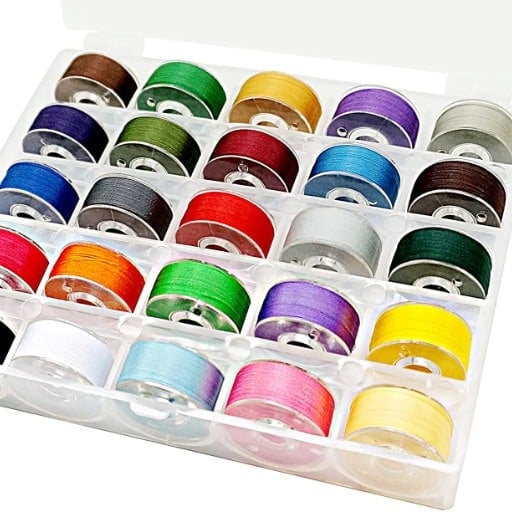
Proper cleaning and maintenance procedures go a long way in enhancing the bobbin thread quality, the lifespan of this embroidery machine, and consistent operational standards. This will guarantee that the machine, as well as the bobbin area, is kept free from dust, lint, and other undesired debris by regularly wiping the bobbin case and cleaning and removing parts such as the race and feed dogs. Make use of a tiny brush or a cloth that does not trap lint, and also pay close attention to these spots. One of the guidelines is to ensure routine oiling of the machine per the user manual accompanying the machine. Knowing and understanding these principles also saves complications that could stem from the tension of the bobbin thread. However, being able to tell when your bobbin and embroidery supplies need to be changed or upgraded is also important. Examine your bobbins for damage and tear regularly and change them when necessary. You should also consider replacing them with higher quality ones together with embroidery supplies that your machine works well with because this will enhance performance and reduce the chances of problems caused by threads. You’ll be able to achieve fantastic and even results of embroidery if you follow these tips, which in turn improve the performance of your bobbin thread. Integrating these procedures into your regular embroidery routine enhances the level of the thread to be consistent.
Regular cleaning and maintenance routines
In my personal view, the routine cleaning and maintenance of the embroidery machine is extremely important. I, for instance, practice cleaning the machine after every embroidery. To elaborate further, this encompasses detaching all waste threads and lint, wiping the surfaces with a cotton cloth that is free from fluff, and brushing hard-to-reach places with a small brush. Moreover, I also observed the maintenance practices prescribed in the machine manual, such as applying oil to the machine at specified times. Hence, by preventing routine cleaning and taking care of such issues, I am able to at least considerably extend the life of my embroidery machine and, hopefully, the performance as well.
Understanding the machine manual for troubleshooting
Understanding the machine manual for troubleshooting has been helpful in dealing with the problems that arise during my every embroidery activity. Whenever I encounter a problem or a malfunction, I go back to my manual and scope out solutions to the issues possible until I am able to fix the given problem. This manual is filled with information on common problems and answers, such as the causes of the problems, error codes, and how to deal with these specific issues. It explains everything, enabling me to have a good command over technical issues and to operate without any embarrassing lags while embroidering.
How often should you replace or upgrade your bobbin and embroidery supplies?
It is important to know when to replace or upgrade one’s bobbin and embroidery supplies so as to be able to maintain the desired level of quality and efficiency while running the embroidery machinery. As an embroidery lover, there are a number of points that I have figured out that help me determine the right timing for these actions. First of all, when it comes to the replacement of the bobbin polish, when the frequency of thread breakages, bobbin thread running out, and inconsistent tension of the thread becomes rampant, then that is a sufficient signal that the time to replace the bobbin polish is now. It is also wise to point out that the advanced sewing bobbins make it possible to achieve consistency in the stitch and reduce tangles, which may have been an issue before. In relation to the topic at hand, a close eye should also be kept on such embroidery supplies as stabilizers, needles, and threads. If, after making the overdue maintenance service of the embroidery machine, you still have poor design results because the threads often snap, stitches are skipped, or threads are poorly interlaced, then such indicators mean that it is time to improve your supplies. The quality of the embroidery works will increase significantly as a result of upgrading the stabilizers, special embroidery needles, and threads of higher quality. Do not forget that to get the professional level you are looking for, you need to monitor the state of the supplies and, on time, replace or upgrade them.
References
Thread (yarn)
Bobbin
Embroidery
Frequently Asked Questions (FAQ)
Q: What type of embroidery machine bobbin thread should I use for optimal results?
A: For optimal results, it’s recommended to use a 60 weight white bobbin thread. This type of thread is lightweight yet strong, allowing for smooth operation and minimal bulk on the underside of your embroidery projects.
Q: Can I use regular sewing thread in my sewing machine for embroidery projects?
A: While regular sewing thread can be used in a pinch, it’s best to use machine embroidery thread. This thread is specifically designed to withstand the high-speed stitching of embroidery machines, ensuring better durability and a more professional finish.
Q: How do I choose between plastic sided prewound bobbins and winding my own bobbins?
A: Plastic sided prewound bobbins are convenient and ensure consistent tension, which is crucial for high-quality embroidery. Winding your own bobbins allows for more customization in thread color and type but requires careful attention to tension settings.
Q: Why is the weight of the bobbin thread important in embroidery?
A: The weight of the bobbin thread, such as 60 wt, affects the balance between the bobbin and top threads. Using the correct weight helps achieve even stitches and prevents puckering or thread breakage during embroidery.
Q: What does ‘class 15’ or ‘size L’ refer to in relation to bobbins?
A: ‘Class 15’ and ‘size L’ refer to the dimensions and fit of the bobbin in your sewing or embroidery machine. It’s essential to use the correct size for your specific machine model to ensure proper function and stitch quality.
Q: Are there specific bobbins or threads recommended for Bernina or Brother embroidery machines?
A: Yes, Bernina and Brother machines may have specific recommendations. It’s advisable to use their recommended bobbins and threads, such as plastic sided prewound bobbins for Brother or Madeira thread for Bernina, to achieve the best results.
Q: How can I avoid running out of bobbin thread in the middle of an embroidery project?
A: To avoid running out of bobbin thread, consider using a high-capacity spool or cone of bobbin thread and regularly check the thread level. Prewound bobbins, like the 25 prewound bobbins pack, can also provide a convenient solution.



